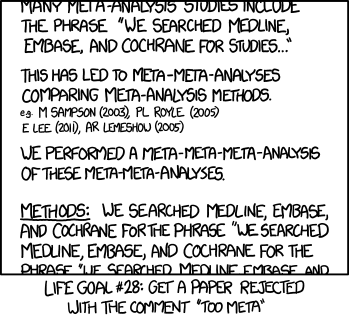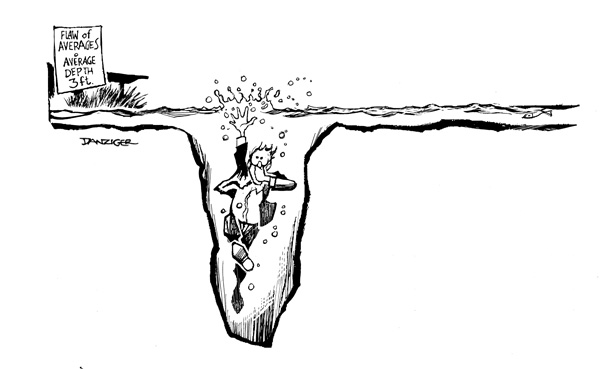- The economics of rape. (Here and here.) Excerpt from abstract: "By disrupting income or reducing earning power, all of these employment consequences have implications for survivors' economic well-being in the months or years following the assault. In addition, I argue that for many survivors, these employment consequences compound one another and ultimately shift survivors' long-term economic trajectories."
- Reversal of the latitude and per-capita income relationship over time. (Here and here.)
- Lazy grad students. (Link.)
- A critique of academic tenure. (Link.)
- "I'm with stupid (voters)." (Link.)
- "Big ideas are destroying international development." (Link.)
- Does crime increase on NFL game days? (Link.)
- Citations in economic fields. (Link.)
- More on #GruberGate. (Link.)
Sunday, November 30, 2014
Link fiesta (12.1.14)
Tuesday, November 25, 2014
Highest-paying jobs in the Philippines (as of July 2012)
Top 20 occupations shown below. Based on the July 2012 Occupational Wage Survey of the DOLE. Be mindful of the methodology used.
Friday, November 21, 2014
Discontinuity in the unemployment rate series
By virtue of NSCB Resolution No. 15, series of 2004, a new definition of unemployment was adopted by the Philippine statistical system. Prior to this change, a person was considered unemployed if he basically satisfied 2 criteria:
Albert [2014], however, shows a close correlation between the old and new time series (Fig. 2).
- Without work; and
- Seeking work.
But starting the April 2005 LFS round, a third criterion was included so that the unemployed were those:
- Without work;
- Seeking work; and
- Currently available for work (within the basic reference period or 2 weeks after the LFS interview date).
The inclusion of this availability criterion is in view of the desire to align the Philippine definition to international standards. As a result, this new definition removes the unemployment tag on those who are encountering temporary setbacks to availability due to, say, temporary illness, family responsibilities, or waiting for the school term to finish. They do not remain unavailable for too long, and soon enough they are back in the labor force.
One problem arising from this is a discontinuity in the time series of unemployment starting April 2005. Specifically, there has been a reduction of the unemployment rate by as much as 2 percentage points, attributed to the definition change (Fig. 1). Some say that this time series disruption has prevented meaningful comparison of past and present unemployment.
 |
| Fig. 1. Source: PIDS database. Annual figures are the average of quarterly LFS rounds. Starting 2007, 2000-based population projections were used. |
 |
| Fig. 2. Source: Albert [2014]. |
Thursday, November 20, 2014
End of the population pyramid
The population pyramid may soon be a thing of the past.
Wednesday, November 19, 2014
#GruberGate
MIT econ prof Jonathan Gruber in hot water!
Tuesday, November 18, 2014
(Global) negative externalities, illustrated
Sunday, November 16, 2014
US income inequality, pre- and post-taxes
See here and here. Apparently the top (richest) quintile pays for most of federal taxes net of transfers.
Thursday, November 13, 2014
Insightful graph of the day
Data shows that average growth in the last 4 years (2010-2013) has been the highest since 1979 or more than 3 decade ago! (Done while rushing Sec Arsi's keynote presentation.)
Monday, November 10, 2014
Dr Gruber, lies, and the policy process
A thought-provoking piece about the necessity of lying in policymaking:
http://keithhennessey.com/2014/11/10/honesty-about-lying/
Quotes:
http://keithhennessey.com/2014/11/10/honesty-about-lying/
Quotes:
When you strip away all the complexity, economic policy is ultimately an expression of elected officials making difficult value choices. If over time these officials make value choices that do not reflect the values of the people whom they represent, they can, should, and will be replaced.
When these same elected officials, and those who advise them, deliberately construct policies to hide value choices that would be unpopular were they transparent and explicit, we end up with two terrible outcomes. We get policies that do not reflect our values, and we re-elect representatives who are lying to us.
Coase theorem, illustrated
Tuesday, November 4, 2014
Monday, November 3, 2014
Subscribe to:
Posts (Atom)





